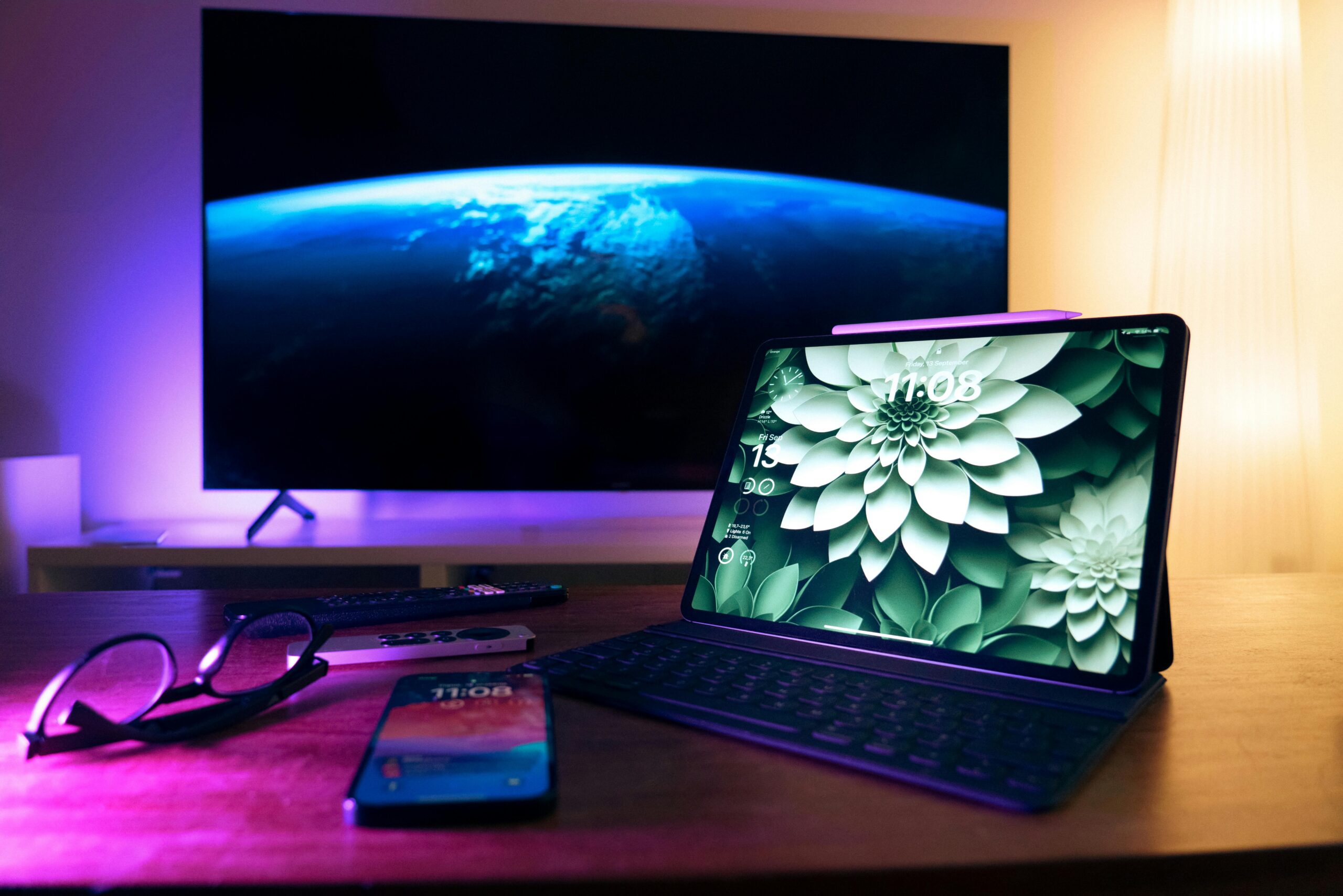120 Hz On Tablets And The Touch Latency You Actually Feel

High refresh rate displays are now a headline feature for gaming tablets, but many people still confuse the number on the box with the responsiveness they feel in play.
A 120 Hz screen promises twice the visual updates of a 60 Hz panel, yet real responsiveness depends on the whole input pipeline — from your finger’s first contact to the instant a new frame appears.
Knowing how that chain works helps you decide if 120 Hz will improve your games or if other bottlenecks will keep things feeling slow.
How INP reframes “lag” in modern gaming and browsing?
Web performance experts now measure responsiveness using Interaction to Next Paint (INP), a Core Web Vital introduced in 2024.
INP is the delay between a user’s first input and the next visual update. A low INP (200 ms or less) makes taps feel immediate even if the screen refreshes at only 60 Hz, while a high INP can ruin the feel on a 120 Hz device.
Tablet gamers often mix native titles with browser-based lobbies. Many web gaming hubs use heavy JavaScript frameworks that block main-thread input handling. A device can technically output 120 frames per second, but if scripts delay painting after a tap, the interaction still feels slow.
The way the catalog groups games, uses lightweight thumbnails, and keeps menus shallow can help keep INP low when implemented well. If you want to get a feel for a tablet-friendly lobby and smooth navigation flow, you might want to check out a platform like Cafe Casino.
The tablet interface at Cafe Casino shows how well-structured navigation benefits from a 120 Hz display: swiping categories stays smooth, menu taps trigger quick visual feedback, and animations keep pace with touch.
Observing how quickly the lobby responds after a tap or category switch can reveal whether a site fully uses your tablet’s refresh potential. Once you’ve checked how well the lobby responds, it’s also worth testing the tablet’s framerate on something more graphically intense.
You could try opening some of Cafe Casino’s games in demo mode to see whether the 120 Hz framerate feels like it is making a difference while playing.
Confirm your tablet is really running at 120 Hz
Before blaming lag on a site or game, check that your tablet is actually running at full refresh:
- On iPadOS: Open Settings → Accessibility → Motion and toggle Limit Frame Rate to cap or uncap ProMotion at 60 Hz. Developers can measure frame rate directly with Xcode performance tools when testing apps.
- On Android: Look under Display settings for Screen refresh rate, Motion Smoothness, or High refresh rate. Confirm with an FPS overlay or a trusted checker app. Developers should align updates with Choreographer and SurfaceFlinger for consistent pacing.
- For web apps: Use Chrome DevTools Performance to record an interaction and check INP. PageSpeed Insights and the Chrome User Experience Report (CrUX) also show INP in the field. Aim for an INP below 200 ms for responsive play.
If you want a real-world way to feel the difference after checking your refresh settings, try a game that demands quick tap decisions.
If you’ve never tried the game before, this short video quiz teaches you a bit about how splitting, one of the core mechanics, works. Reading up on the subject before you play is wise to ensure you actually enjoy the session.
If the cards or game responses feel sluggish or delayed, it’s a sign your device isn’t fully using its 120 Hz capability or your browser is slowing the input pipeline.
Why refresh rate isn’t the whole story?
A 120 Hz tablet redraws the screen every 8.33 milliseconds, compared to 16.67 ms at 60 Hz. That extra headroom allows animations to look fluid and reduces the minimum input-to-frame delay.
But tablets also handle touch sampling, event processing, and GPU compositing before the frame reaches the screen. If the game engine runs slowly or the GPU drops frames, motion will still stutter even on a 120 Hz display.
Apple’s iPad Pro models use ProMotion, which variably raises refresh up to 120 Hz depending on what is shown.
When a game sustains 120 fps, finger tracking feels tighter because finger touches are sampled up to 120 Hz, and Apple Pencil inputs can be sampled up to 240 Hz, while the compositor keeps frames flowing smoothly.
On Android, true 120 Hz depends on both a capable panel and how apps cooperate with frame pacing through APIs like Choreographer and SurfaceFlinger. Without this alignment, a 120 Hz spec can effectively behave closer to 90 or even 60 Hz.
Practical tips to reduce perceived input lag
Even with 120 Hz active, you can cut more delay:
- Close background apps that use GPU or CPU time.
- Enable game or performance mode if your tablet offers it. This keeps clocks and refresh rates high.
- Check hardware acceleration in Chrome. Avoid forcing experimental flags unless you understand support status, since GPU rasterization is already default on most Android builds.
- Keep your OS updated. Apple and Google routinely refine input handling and frame pacing in new releases.
- Use low-latency controllers if playing with accessories. Cheap Bluetooth pads can add more lag than the display itself.
Why this matters for gaming today?
Modern tablet gaming blends high-frame-rate native titles with complex web-based play. A 120 Hz screen alone does not guarantee smoothness. Real responsiveness comes from well-aligned hardware and software: fast touch sampling, efficient rendering, and low INP in browser apps.
Apple’s ProMotion shows what’s possible when everything cooperates, while Android’s flexibility means you must confirm refresh settings and developer support.

Jim's passion for Apple products ignited in 2007 when Steve Jobs introduced the first iPhone. This was a canon event in his life. Noticing a lack of iPad-focused content that is easy to understand even for “tech-noob”, he decided to create Tabletmonkeys in 2011.
Jim continues to share his expertise and passion for tablets, helping his audience as much as he can with his motto “One Swipe at a Time!”
